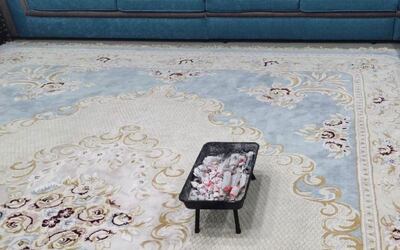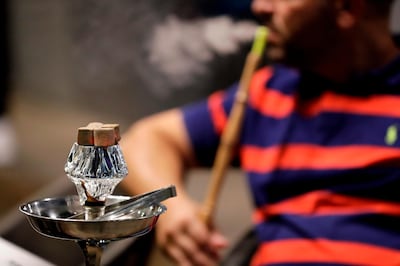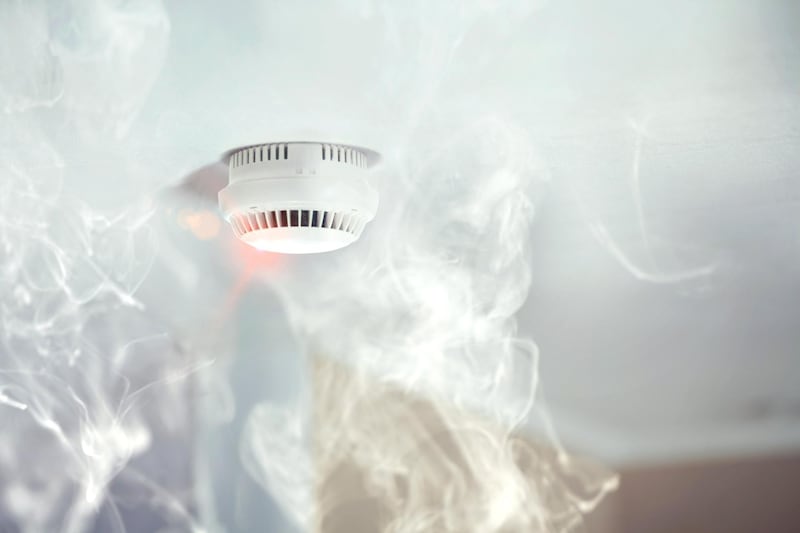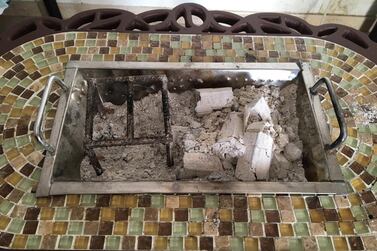Experts have urged UAE residents to take extra precautions to protect themselves against carbon monoxide poisoning after several people died of the so-called “silent killer”.
On Tuesday, it was announced two women had died in Dubai due to carbon monoxide poisoning, on the same day it was revealed a family of five from the emirate also died from breathing in the noxious gas on holiday in Nepal.
All seven died after using gas heaters in confined spaces where little air was circulating, which led carbon monoxide to build to fatal levels.
Dr Sreehari Pillai, medical administrator and specialist internal medicine at NMC Speciality Hospital in Abu Dhabi, said carbon monoxide is much more akin to blood cells than oxygen, so if a person is exposed to the gas it removes the oxygen and replaces it.
“Carbon monoxide replaces the oxygen and then the body is starved of oxygen,” said the doctor, who saw cases of carbon monoxide poisoning while working in the United Kingdom.
“Now what is so tragic about it is it neither has a smell or any colour so we can detect. It’s completely invisible.”
The National explains what carbon monoxide is, who is at risk of poisoning, and how you can protect yourself.
What is carbon monoxide?
It is colourless, odourless, and tasteless gas - which is partly why it is so dangerous, because it is so difficult to detect.
What are the symptoms?
Someone who is suffering from carbon monoxide poisoning may have a dull headache, feel weak, dizzy, nauseous or vomit. They may also feel short of breath or confused and develop blurred vision. Alternatively, sufferers could feel no symptoms at all.
“People could continue to inhale it and they won’t develop any kind of symptoms, and they gently fall asleep, go into a coma and then they pass away,” said Dr Pillai.

Is carbon monoxide poisoning a risk in the UAE?
Yes, although arguably less so than some countries because heaters are not needed as often in the Emirates and gas heaters are one of main sources of carbon monoxide poisoning. Having said that, carbon monoxide poisoning remains a real risk in the UAE.
On Wednesday, police revealed two women died in Dubai as a result of carbon monoxide poisoning. The domestic workers had left a charcoal heater burning overnight in a newly built house that was well insulated, leaving little oxygen circulating – which heightens the risk of carbon monoxide poisoning. The women, who were from Asia, were discovered by their employer in the morning and pronounced dead at the scene.
Abu Dhabi Police also warned about the risks posed by charcoal and wood fires this week as temperatures dipped across the country.
Is it only heaters we should worry about?
No, gas hobs also carry a risk, and there are many more of those in use across the UAE than heaters. Entire developments of several hundreds of homes rely on gas to power hob cookers across the country.
Last year, Whirlpool, an appliance manufacturer, issued an urgent recall of steel built-in gas hobs manufactured between 2014 and 2016 and sold in the European Union. The large front-left burner was found to potentially emit levels of carbon monoxide that could breach EU standards, creating a “low risk” of adverse effects.
Anything with an open flame carries a risk of carbon monoxide poisoning, especially if it is used in a small space or an appliance is not working properly.
"If combustion is used to generate heat, when it is fired up, it runs the risk of carbon monoxide poisoning, especially in an enclosed room," said Dr Pillai.
Appliances that could lead to carbon monoxide poisoning also include gas tumble dryers, water heaters, as well as wood stoves, and charcoal grills, which are among the most dangerous.
Shisha also carries a risk - around 100 cases of carbon monoxide poisoning have been linked to hookah smoking in the US and other countries, according to studies.

How can you protect yourself?
Regular maintenance of appliances is essential. A carbon monoxide monitor can also save lives by detecting dangerous levels of the gas. Fortunately, monitors are relatively inexpensive and easily available. You can buy them on Amazon.ae for less than Dh100.
Good ventilation is also essential. “If combustion is used to generate heat, when it is fired up, it runs the risk of carbon monoxide poisoning, especially in an enclosed room,” said Dr Pillai.
But if a fire buns in an area with plenty of circulating oxygen it is not dangerous. High levels of carbon monoxide are only a risk if a fire is burnt in a confined space, like a basement, kitchen or camper, if it has no air circulating.
Is it always fatal?
It depends how long you have been exposed to the gas, according to doctors.
“For example, if someone notices that a person is unconscious and they manage to open the windows quickly, before the low oxygen level in the blood damages your brain, then you are fortunate enough to be saved,” said Dr Pillai.
“But what if no one sees you for the next eight to 10 hours at night? Then your brain is damaged and you die.” He said he had seen cases of people who did not die, but did not recover full brain function because they had been deprived of oxygen for so long.
“We used to get cases, especially in northern Scotland, when people went camping in caves for example. They would light a fire, go to sleep and get poisoning. They suffered brain damage due to low oxygen”.







